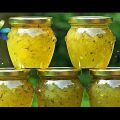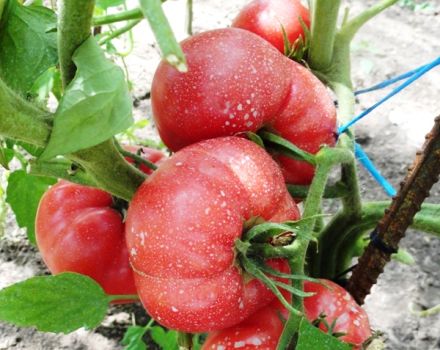Planting, growing and caring for an orange at home
Many exotic tree lovers grow citrus fruits at home. To know how to grow an orange tree, you need to familiarize yourself with the methods and features of planting, recommendations for plant care. If all the requirements are met, the tree fully blooms and bears fruit. Orange is more demanding than lemon for lighting, temperature conditions, and humidity levels. The fruit is inferior in quality to the purchased one, but this does not prevent exotic lovers from delighting themselves with the presence of such a plant in the house.
Features of growing an orange
An indoor tree with flowers and fruits requires a special temperature regime, humidity, lighting. It is necessary to avoid sudden temperature drops, drafts. "How long does a tree grow before fruit appears?" - a question that interests you when deciding to grow an orange at home. With proper planting and care, fruiting occurs: in the 4th year in a tree grown from a cuttings, and in the 8th year - from a seed.
Homemade orange looks like a miniature evergreen tree. An adult plant can reach 2 meters in height. It blooms in single or bunches of white flowers with a pleasant aroma.
Important! The plant does not tolerate tobacco smoke.
Plant varieties
The home tree has several varieties:
- Gamlin. Plant with early fruit ripening. Height no more than 1.5 m. The fruit has a juicy pulp with a small number of seeds, sweet-sour taste. Ripens in the last months of autumn.
- Pavlovsky. The tree is undersized, up to 1 m. Fruit ripening occurs after 7 months, reproduction - by cuttings.
- Washington Navel. Early and mid-season variety. Reaches a height of 2 m. It has quite juicy, sweet and sour fruits with bright orange pulp. Propagated by cuttings.
- Markheulsky is a dwarf type. Low tree (up to 1.7 m). The leaf blades are green, with a slightly dark shade, up to 10 cm long. The buds bloom in spring, white. Produces large fruits with a bright orange skin and sweet taste.

Reproduction of an orange
Reproduction of an orange is done in the following ways:
- cuttings;
- from the seed.
Each of the methods has positive and negative sides. Cutting is a little problematic, you need to find the source material, it's easier with seeds.The stalk is cut from an adult tree or can be brought from the growing area by cutting from the one growing in its natural environment.
A plant planted with a seed will be stronger. Accordingly, it grows better, adapts, and is more resistant to diseases. The crown of a tree grown from a seed is more beautiful than one planted with a cuttings. The obtained from the seed has qualitative parameters: 100% genetic information of the parent tree.
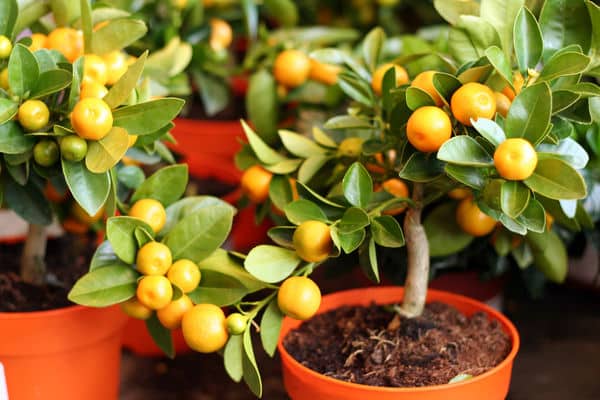
Fruiting time is a hallmark of planting methods. A tree from a seed begins to bear fruit in the 8-10th year of life, a cuttings tree - in the 4th-5th year. For grafting, a stem with a diameter of 4-5 mm and a length of 10 cm is selected. It is cut: below - under the place of the kidney, above - above the location of the kidney. The branch should have 3-4 healthy buds and 2-3 leaves. Smear the bottom of the branch with a growth stimulator of the root system.
For planting, soil is used from humus mixed with sand (coarse-grained), flower soil.
Everything is mixed in equal parts. The cut off branch is planted 4 cm deep. It is recommended to irrigate the cutting leaves with water daily. The soil should be moist, but not sour. The container with the handle must be kept at 20-25 aboutC. Full rooting will occur in 30 days. After it is recommended to transplant into a stationary pot.
How to properly grow seed fruit at home
To get an orange tree that is well adapted to the external environment, resistant to diseases, it is necessary to plant a good orange seed.
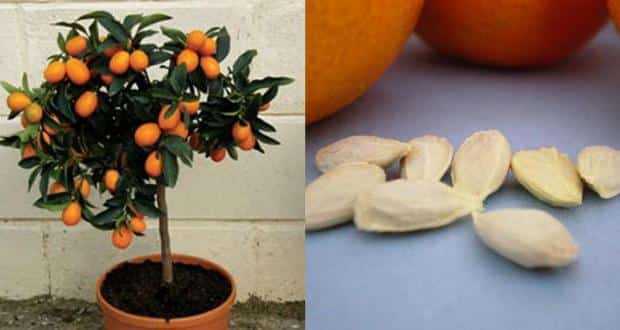
Preparing the seeds
It is difficult to germinate a seed, so you need to use freshly picked, without signs of spoilage, rot. The seeds have a fairly hard peel. It must be separated from the pulp, rinsed, and soaked in water for half a day.
Preparing the soil and pot
A seed is planted in a pot with a volume of no more than 100 ml. You can take empty yogurt or sour cream containers. The container must have drainage holes for excess liquid to escape. Waterlogged soil has a bad effect on the quality of germination. It is better to germinate in a citrus mixture or place in a loose earthy mixture of peat and earth.

Sowing seeds
Planting is carried out to a depth of 1 cm, a distance of 5 cm. Cover with foil, keep warm and dark until shoots appear. Irrigate the soil with a spray bottle regularly when drying. The sprout will appear in a month and a half. The sowing is now exposed to light. You need to dive when 2 leaves are formed. Further, the seedlings are grown until the diameter of the stem is 6 mm, then grafting is carried out.
Orange tree care
Caring for an orange tree is not very difficult, the main thing is to comply with the requirements, taking into account the characteristics of the plant.

Lighting and temperature for indoor orange
The tree has special requirements for the light regime: if there is not enough lighting, the fruits do not ripen or will be sour-bitter, and in direct sunlight, the foliage will get burns. The best option is light diffusion.
It is recommended to place the tree on the east or west window. It is necessary to install diffusing protection from direct sunlight on the south window. In summer, it is recommended to expose to the street, but shade. Buds are formed at 15-19 aboutFROM.
In winter, the tree must be kept at a low temperature (from 0 to 10 aboutFROM). It is the cold temperature regime that contributes to normal fruiting. Orange doesn't require a lot of light. Top dressing is excluded, and watering is carried out once a week.
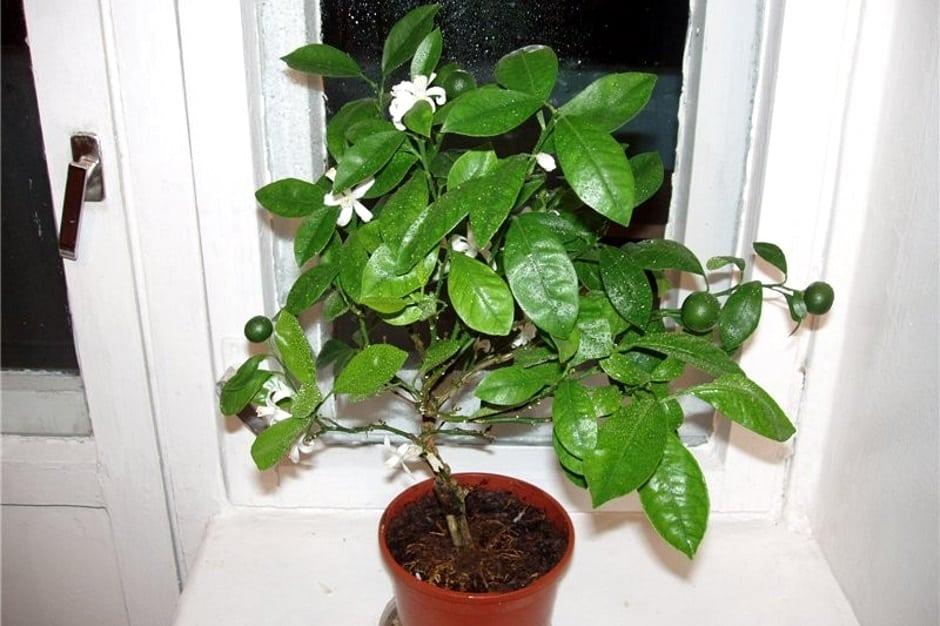
Air humidity
The tree does not like excessive moisture in the soil, moreover, it provokes diseases. But even a small amount of moisture is harmful. In summer, watering is done once a day. The crown of the tree must be irrigated regularly with a spray bottle.
Fertilizer
With the active growth phase, the plant needs to be nourished.The older it is, the higher the dose is. You can fertilize with special fertilizers for citrus fruits, organic solutions or mineral compounds (ammonium nitrate, superphosphate, potassium). To preserve the color of the leaf blades, it is recommended to feed it with potassium permanganate once a month and once a quarter with iron vitriol. Watering should be done before fertilizing to avoid damaging the roots.
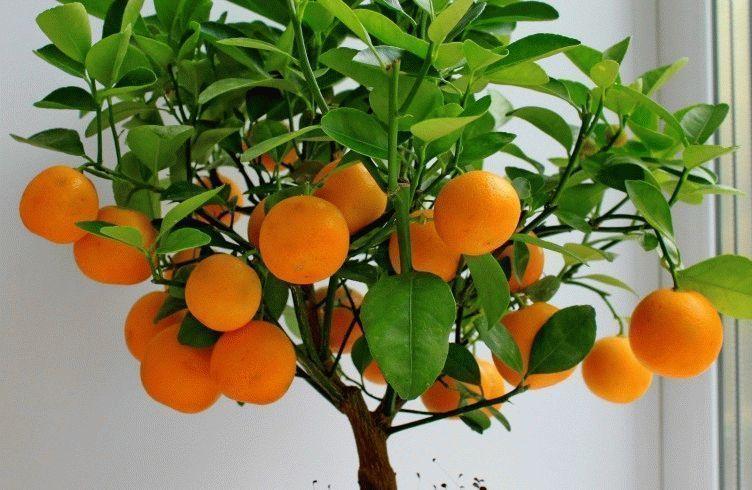
Crown formation
Pruning is a necessary stage of care, since it is impossible to grow an orange tree at home without cutting the crown. The tree will not produce flowers and fruits. In the spring, the central stem should be cut by 20 cm. 3-4 lateral branches form the crown of the first level, leave 2 branches on them, this is the second level, then 3-4 branches of the third level, and they will have fourth level shoots bearing fruit.
Further pruning consists in thinning, removing old branches and growing inside the tree, plucking young shoots.
It is necessary to remove branches that are broken, dry or growing at an irregular angle. When flowering, you need to regulate the number of ovaries so that the plant grows fully and bears fruit. To begin with, no more than 3 ovaries are left, in the 4th-5th year - no more than 7, after - about 10.
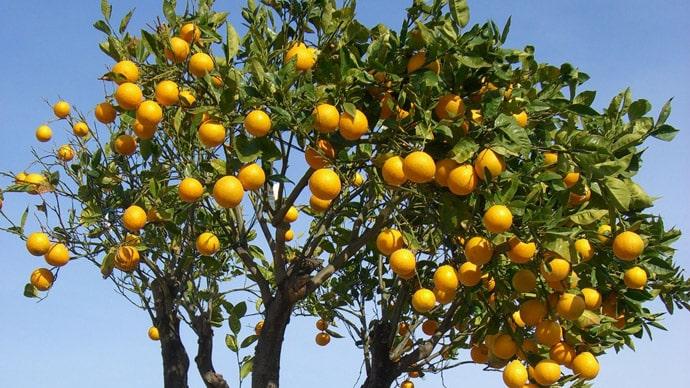
Transfer
Due to the peculiarities of the root system, the tree is painfully tolerated by replanting, especially if the root ball of the earth is damaged. The transfer is carried out by the transshipment method. A plant bearing fruit is transplanted every 3 years. Young for intensive growth require annual transshipment. The diameter of the subsequent pot should be 20 mm larger.
Transplanting is carried out in the spring, before intensive growth. During the procedure, you need to take into account: the neck is not deepened.
Soil mixture for young plants: combine turf, leafy soil and humus with sand (in equal parts). For adult orange trees, the proportion of sod land increases by 2 p. It is recommended to add a little clay. It is important to make good drainage to remove excess moisture.

Spraying
In addition to watering, the tree needs regular irrigation, especially in summer. In addition, it is necessary to wash off dust from the leaves. Once a month, you need to take a warm shower: cover the ground with foil, treat the tree with soapy water. This is pest prevention.
Grafting features
An orange grown from a seed must be grafted in order for it to bear fruit. Grafting is done when the sprout has reached 5 mm thickness.
For vaccination you need:
- Cut a stalk from a fruiting tree. The branch is 2 years old.
- Remove leaves.
- On the trunk of the game, a peel is cut in the form of an eye.
- Prepare a ribbon from a latex glove (cut off).
- Attach a branch to the game, wind it. Direction from top to bottom. Wrap tightly to keep out air. Control the correct adherence of the bud and stock. Continue winding near the petiole, carefully going around it. At the edge of the cut, wrap it several times and move in the opposite direction.

Place the plant in a warm place, water abundantly to activate sap flow. After 5 days, it will be clear whether the kidney has taken root. After 10 days, it will fall off, and after 20 days, remove the harness. If shoots appear at the top of the wild, they must be removed. When a new branch grows from the bud, the first leaf will appear, cut the top off.
Why do orange leaves curl
There are several reasons for curling the leaves:
- the presence of diseases;
- lack of air;
- excessive watering or lack of it;
- draft;
- rare irrigation.

Pests and diseases
Like any citrus tree, it is affected by the scale insect. The insect sucks juice from leaves and shoots. The plant turns yellow, withers, dies. For destruction, "Intavir" or "Aktara" is used. As a preventive measure, it is important to maintain the required humidity level.Aphids, spider mites or mealy bugs also harm the plant. They destroy the ground parts of the orange. For a start, it is recommended to use a tobacco-soap solution. If the treatment does not work, spray with chemicals.
The orange tree is susceptible to fungal and viral diseases: homoza, gum flow. They affect the trunk, shoots, foliage. A sticky liquid flows out of the cracks that appear. For treatment, the wound must be cleaned, treated with garden pitch, and the tree must be sprayed with a fungicide. The hopeless plant must be burned.
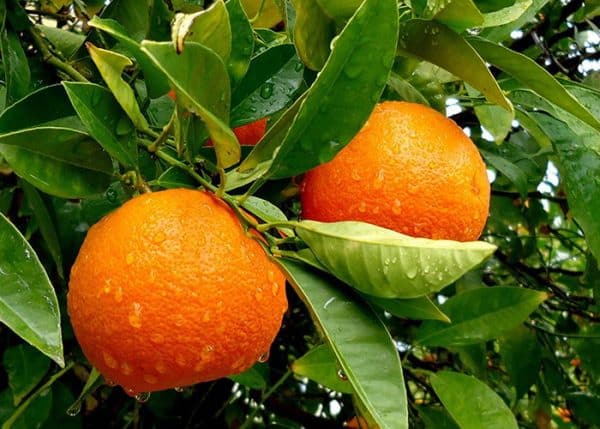
Possible problems
The orange tree is more demanding than other citrus fruits. If the specified care instructions are not followed, the following problems may occur:
- yellowing of foliage;
- falling leaves, flower buds, unripe fruits;
- death of the plant.
The shedding of foliage occurs due to:
- a sharp change in climatic conditions;
- inadequate watering;
- excessive watering during rest;
- excess fertilizer;
- insufficient lighting;
- draft;
- wintering at the wrong temperature conditions (more than 10 aboutFROM).
Cultivation of citrus fruits is not difficult, and if the required conditions of detention are observed, in 4-5 years the tree will delight with the first fruits.





